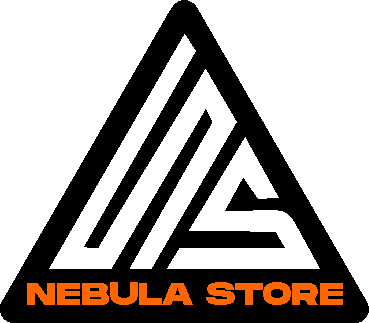Real estate companies and REITs frequently employ virtual data rooms (VDR) to manage large real estate investments that want sharing of numerous documents with third parties. Controlling this process physically involves faxing, copying, and mailing records – being both time. Using VDRs for properties eliminates these types of costs and makes the whole process more effective.
In addition to facilitating document storage and gain access to, VDRs designed for real estate can also provide an intuitive user interface that reduces learning curves and increases adopting rates. They make it easier to talk about information with partners and stakeholders, which in turn heightens transparency and accelerates the deal-making process.
For example , a VDR can allow you to upload house images and video clips, which are often essential Check Out inside the real estate market. Moreover, that allows you to get in touch with clients through features just like Q&A and video conference meetings.
Another good thing about a VDR is that it can help you record project statuses in one place and keep pretty much all stakeholders up to date of improvement. This can save valuable time and resources, especially during a commercial real estate homework process. Additionally , VDRs for real estate will help you maintain conformity with regulatory requirements. This is important for the two domestic and international traders. Furthermore, VDRs for proper property can help increase investor relationships and encourage socially responsible trading by providing them with more information on the company’s environmental, social, and governance (ESG) policies. These types of benefits currently have prompted many organisations to put into practice VDRs with regard to their real estate demands.


